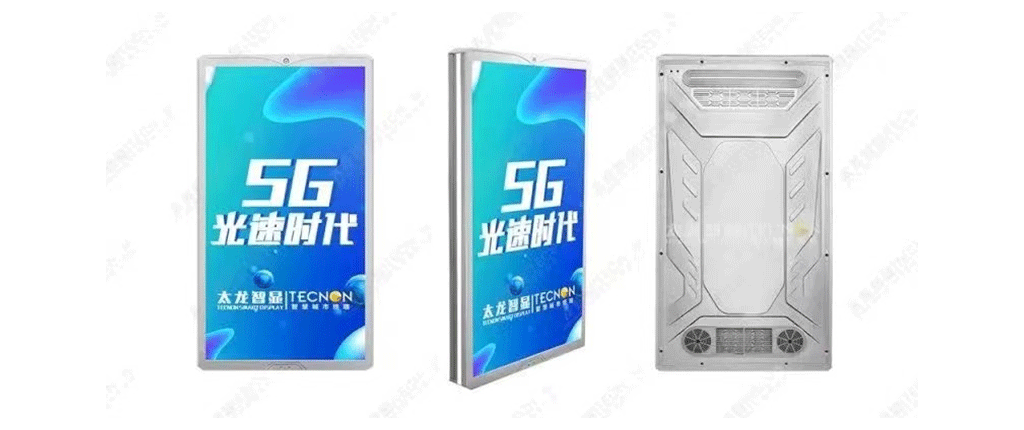Today 5G is the starting point of new infrastructure, and benefit from this, the smart LED Pole Screen also attracts the attention of many large enterprises.
Viewed from the current project, the biggest characteristic of the smart lamppost is that it is installed on the main road with dense population and traffic flow, and the road side of the scenic area, school, business district and community. This is destined that during application, the brightness of the LED screen can not affect the driver who’s driving, cannot affect the rest of the residents at night, in other words, the display brightness of LED screen at all times must be in a comfortable range.

So the LED Pole Screen must have automatic brightness adjustment function, and ensure that the brightness rises in the daytime and goes down at night and nobody complains during the whole application process. So to achieve this is actually a certain difficulty, to achieve the automatic brightness adjustment function, we need to solve the problems from the following four aspects:

1) photoresistor: we need the sensitivity photosensitive sensor that can sense a large range and has high sensibility. Because the LED Pole Screen has been close to 6000cd brightness during the day, at night it may only need about 600cd brightness, which changes 10 times in the brightness, and the automatic adjustment of LED Pole Screen needs to achieve linear change in the best quality area. We (Tecnon Smart Display) have tried to use a large number of existing photoresistors to achieve this function, and finally ended in failure. But using the custom photoresistance, we finally achieved the parameters we need.

2) Control board and software: the photoresistor gives an analog signal, but we want to convert it into a digital signal. Also the high sensitivity needs to performance out, which requires the brightness adjustment control board and software of the LED Pole Screen to be designed as a fine adjustable control more than 100 levels, during which we met many technical difficulties.After extensive testing and optimization, we successfully overcame these difficulties, enabling seamless brightness transitions and ensuring optimal performance in varying lighting conditions.

 Tecnon Smart Display Technology Shenzhen Co., Ltd.
Tecnon Smart Display Technology Shenzhen Co., Ltd.